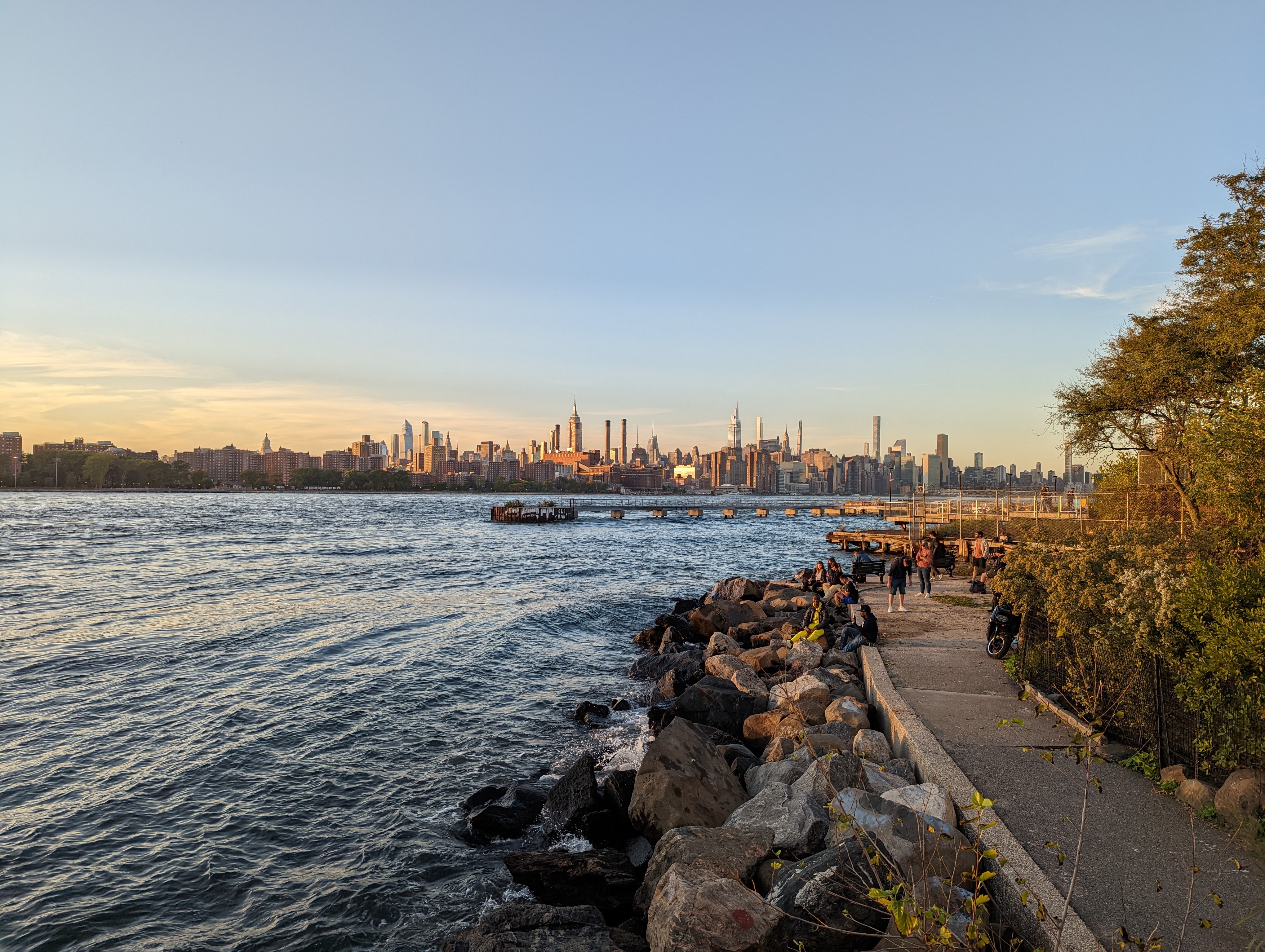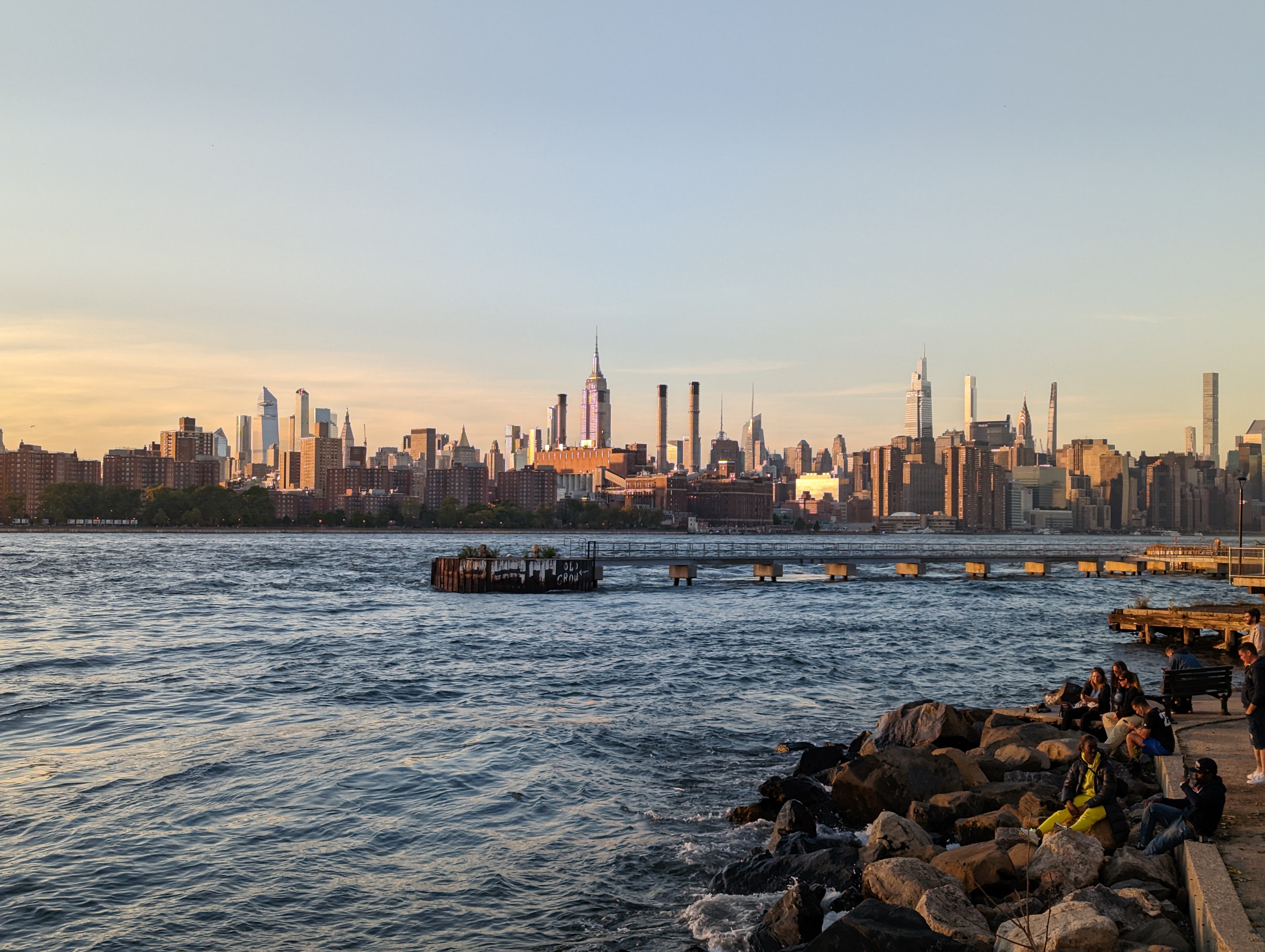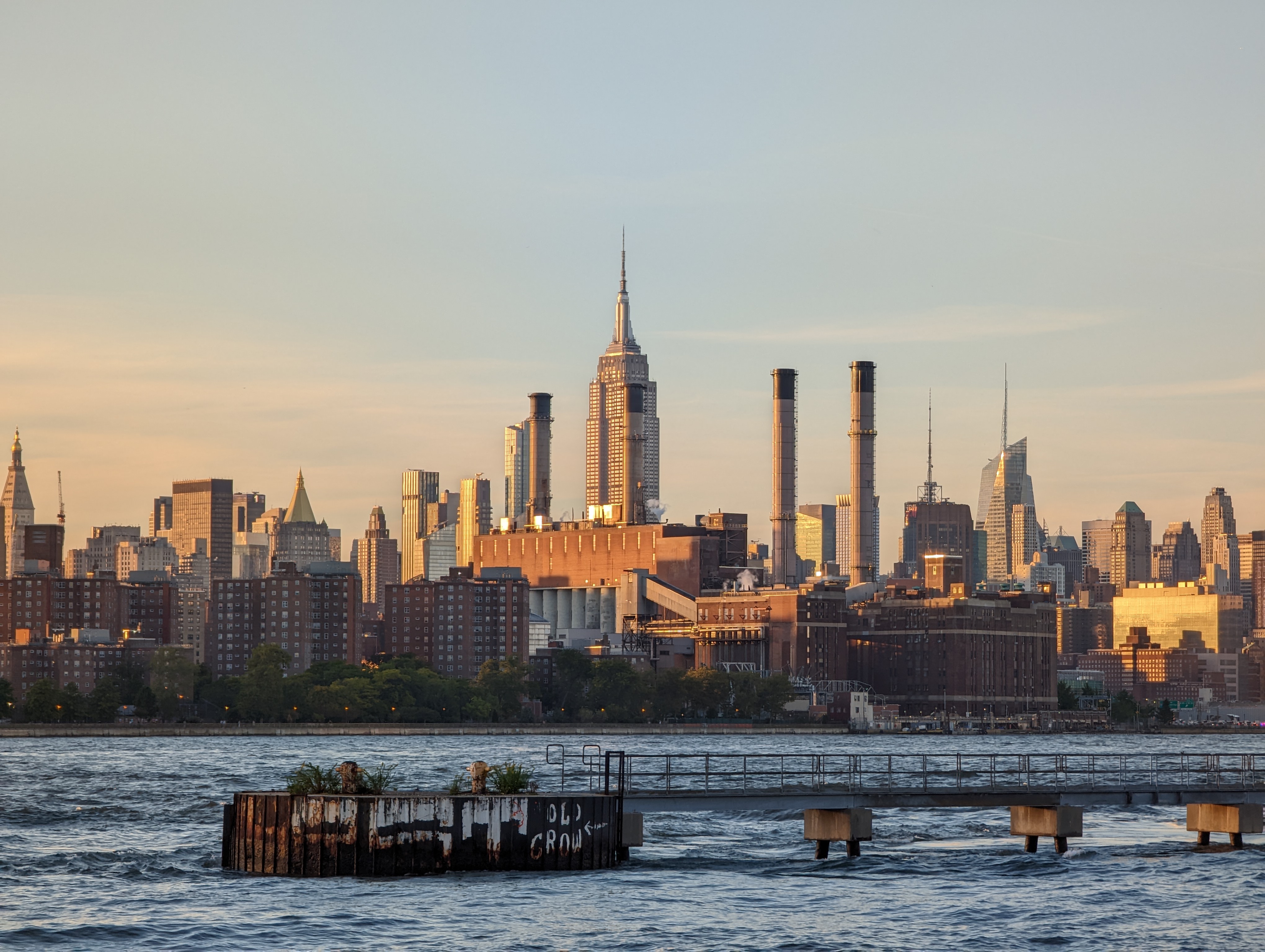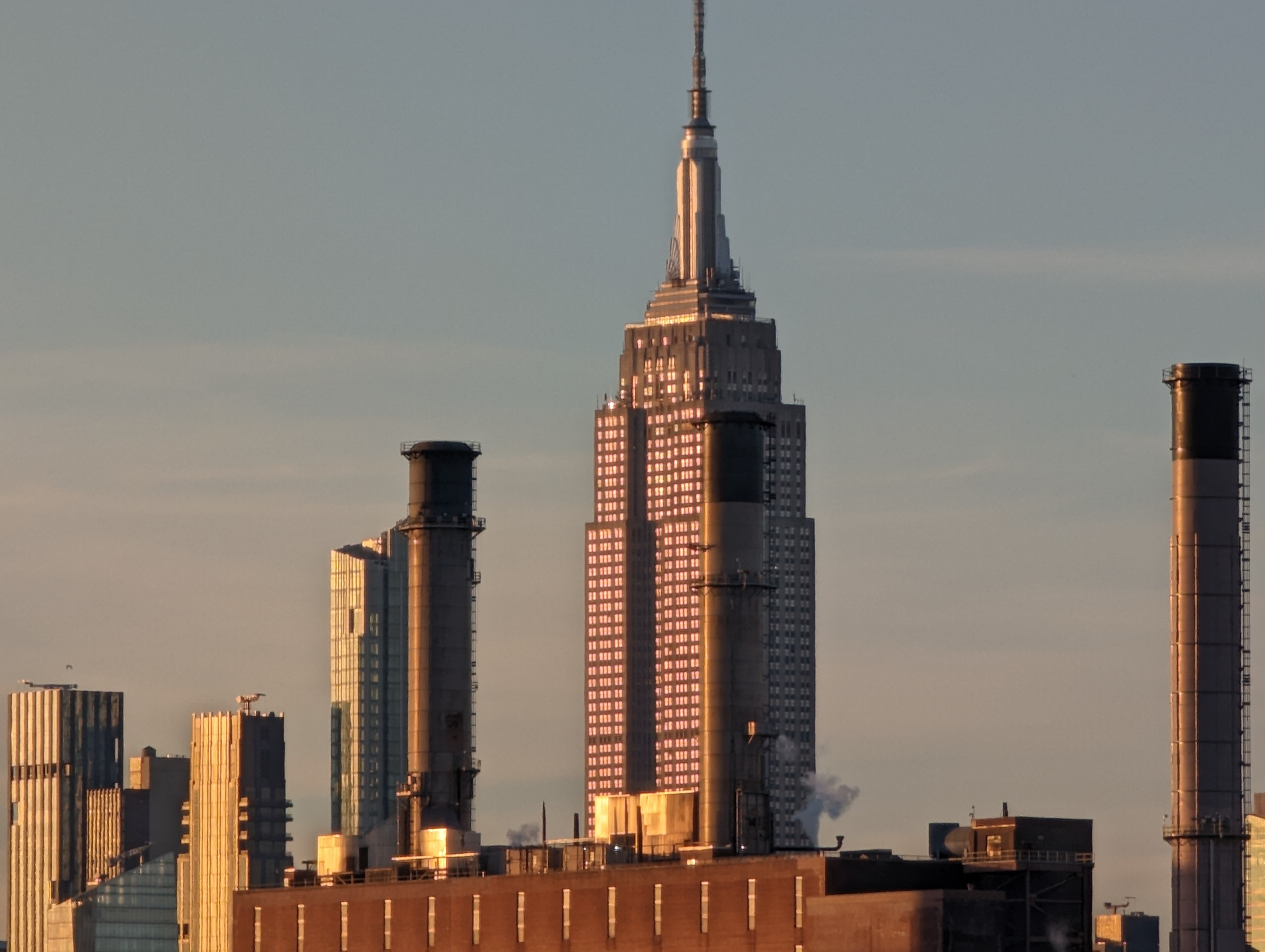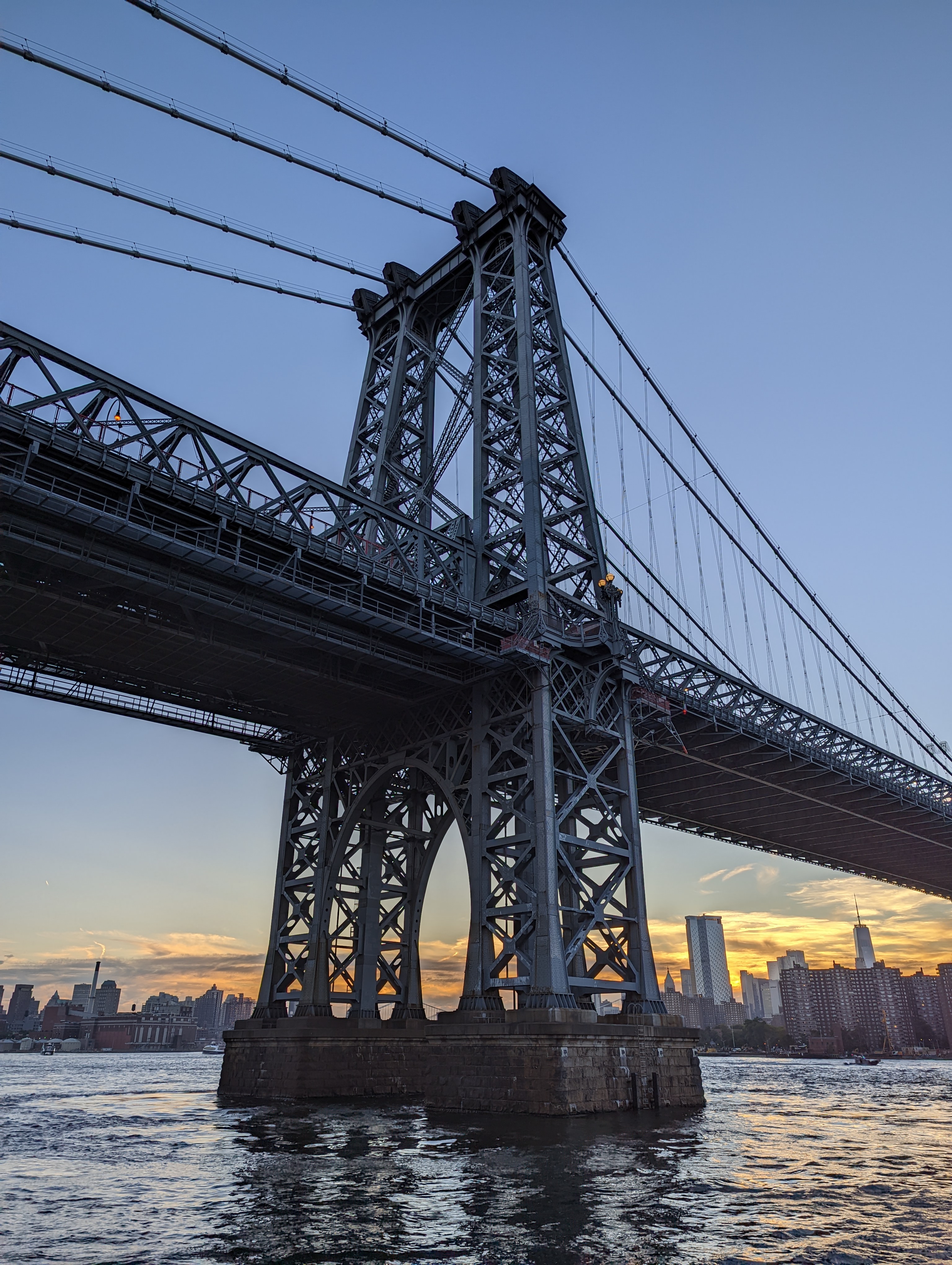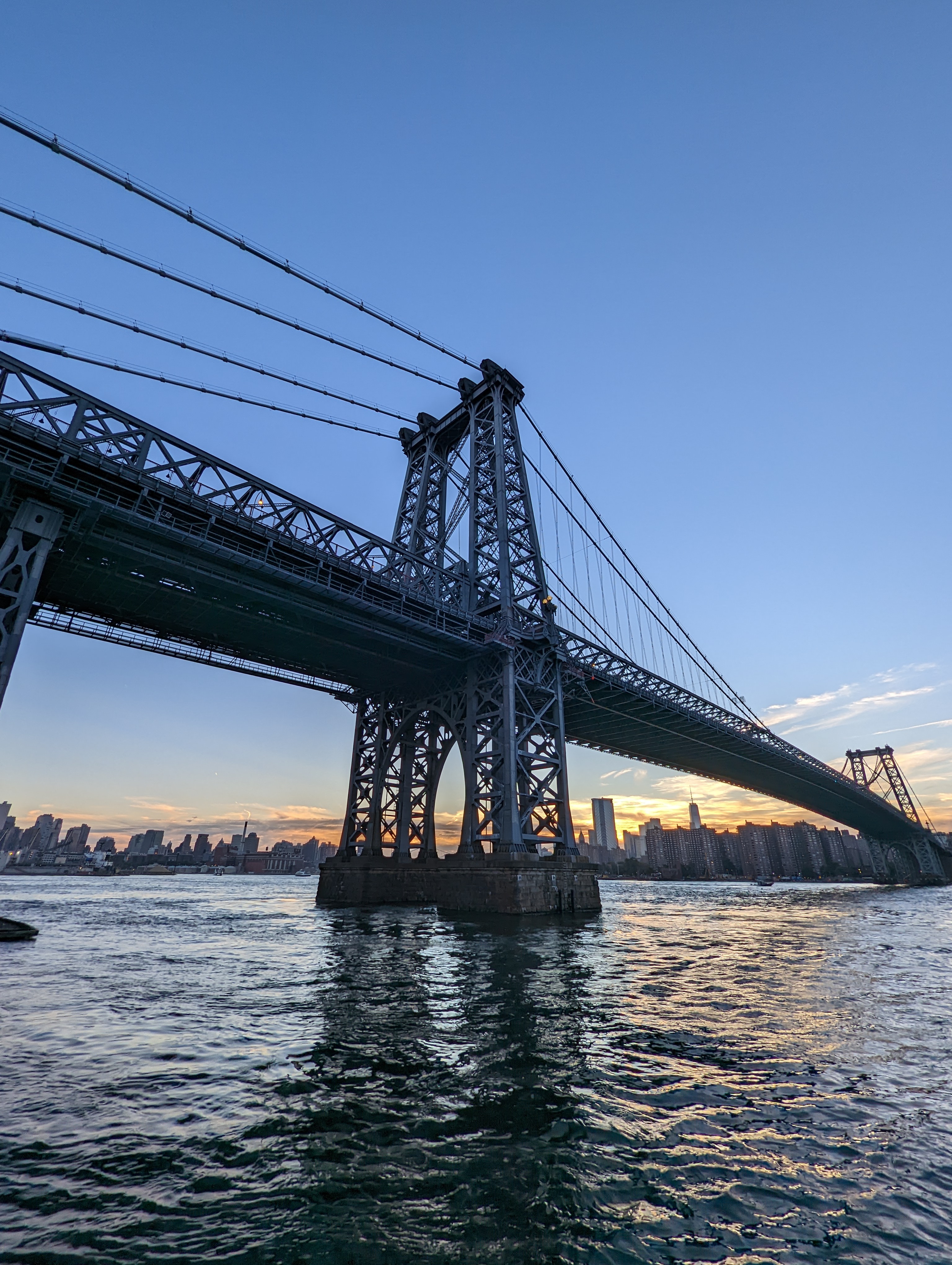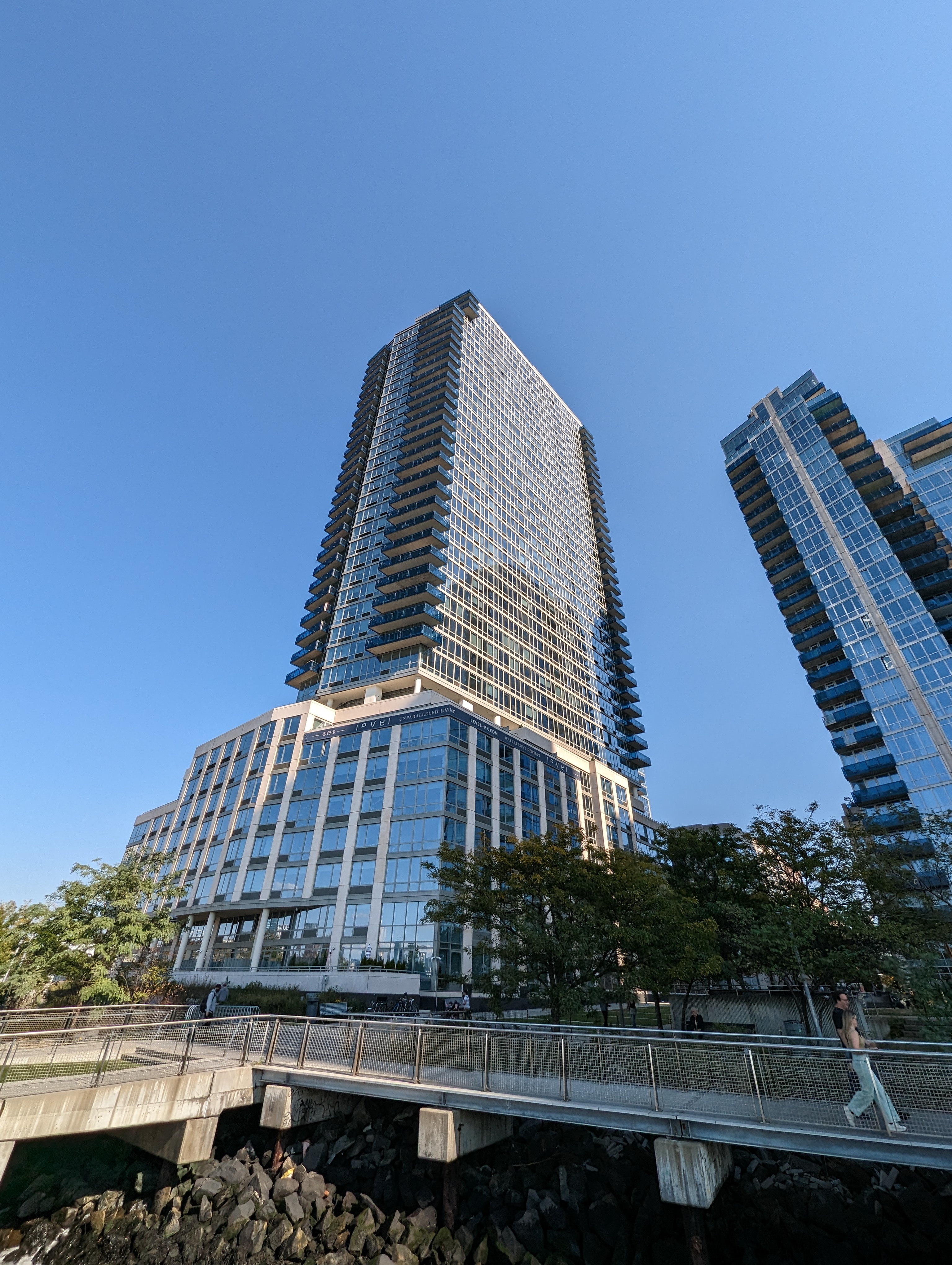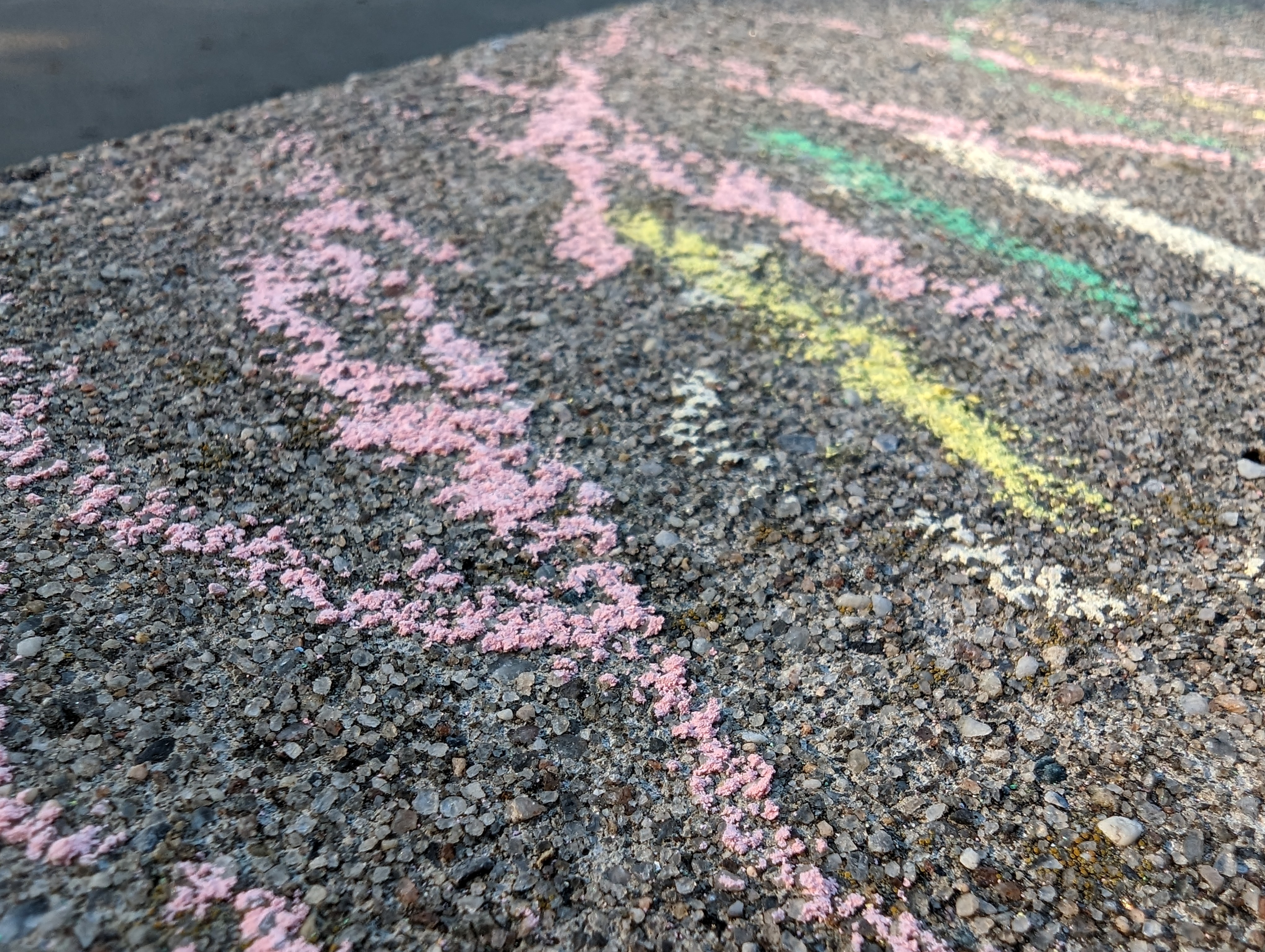“The Pixel 7 Pro doesn't fully address the shortcomings of its predecessor, but it is another Google flagship with a bold design and excellent cameras.”
- Bold, striking design
- Gorgeous 120Hz screen
- Face unlock works well
- Fast and powerful performance
- Top-tier camera system
- Pixel features are unmatched
- Poor fingerprint sensor
- Tensor G2 runs hot
- Mediocre battery life
- Endless software bugs
Like a new release from Samsung or Apple, Google’s Pixel family has become an expected quantity during the second half of the year. Once the leaves start turning and the weather begins cooling, it’s a sure sign a new Pixel is on the way. This year, Google’s latest releases take the shape of the Pixel 7 and Pixel 7 Pro.
- Google Pixel 7 Pro design
- Pixel 7 Pro screen
- Pixel 7 Pro face unlock and fingerprint sensor
- Pixel 7 Pro cameras
- Pixel 7 Pro software and features
- Pixel 7 Pro bugs
- Pixel 7 Pro performance
- Pixel 7 Pro battery life
- A second opinion on the Pixel 7 Pro
- Google Pixel 7 Pro price and availability
- The Pixel 7 Pro keeps what works, and what didn’t
The Pixel 7 Pro, in particular, is where Google gets to really shine in the spotlight and show the world its vision for a flagship smartphone. In a lot of ways, the Pixel 7 Pro feels almost identical to its predecessor. It touts a bold design, incredible cameras, and software features that no other manufacturer can match. But the Pixel 7 Pro also retains many of the Pixel 6 Pro‘s shortcomings — from lackluster battery life to rampant bugs. The Pixel 7 Pro proves that the Pixel 6 Pro’s foundation is still really strong a year later. But with many of the same issues creeping up yet again, it also has me worried that Google doesn’t know what else to build on top of that foundation.
For a look at the Pixel 7 Pro’s cheaper sibling, see our Google Pixel 7 review.
Google Pixel 7 Pro design

Google introduced a bold new design language last year with the Pixel 6 family, ushering in two-tone colors and the now-iconic camera bar. It took the Pixel from mediocre to exciting, and it’s a gamble that paid off in spades. Thankfully, the Pixel 7 Pro keeps the same excellent footprint left by the Pixel 6 Pro — plus a few tweaks to make it better than ever.
The camera bar is still there on the back of the phone, though it’s now housed in a stainless steel casing instead of glass. I personally quite like the new look. The camera bar remains distinct and recognizable, and the pronounced cutouts for the individual sensors add more visual flair.
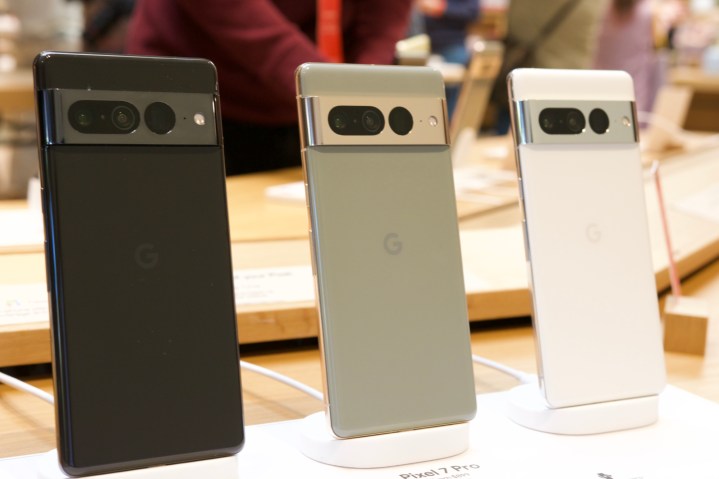
I also really adore the Hazel color my Pixel 7 Pro review unit came in. The dark green glass back combined with the gold stainless steel frame creates one of the more unique-looking handsets I’ve seen all year. I do miss the subtle two-tone design offered on the Pixel 6 Pro — and I wish Google had more colors to choose from (your only other options are Obsidian and Snow, aka black and white) — but this is without a doubt a very handsome gadget.

Furthermore, I appreciate the stronger attention to detail on the Pixel 7 Pro. The Pixel 6 Pro shipped with a gaudy plastic strip on its top frame to support mmWave 5G. The Pixel 7 Pro still has a plastic mmWave cutout, but it’s much smaller and painted to blend in with the rest of the frame. Google also scaled back the intensity of the curved screen (more on that below), it doesn’t feel nearly as top-heavy, and the whole package is lighter/thinner — allowing for a much better in-hand feel.
The Pixel 7 Pro is one of the more unique-looking handsets I’ve seen all year.
But not every design decision is a great one. Google decided to lower the placement of the power button and volume rocker further down the side frame. It’s not a drastic change, but it does mean that Pixel 6 cases won’t work with the Pixel 7. More annoyingly, it means the volume-down button is just low enough that it often feels awkward to press without performing some slight hand gymnastics.
Pixel 7 Pro screen
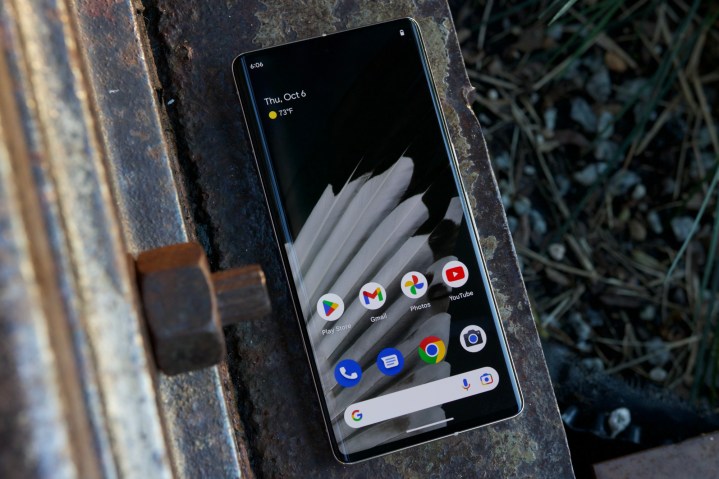
Taking up the front of the Pixel 7 Pro is a 6.7-inch OLED display. It brings a 3120 x 1440 resolution, a 120Hz refresh rate, and peak brightness up to 1,500 nits (just shy of the 2,000 nits offered on the iPhone 14 Pro). It’s also covered in Corning Gorilla Glass Victus, ensuring it’s well-protected against cracks and scratches.
The display was one of my favorite qualities of the Pixel 6 Pro, and the Pixel 7 Pro is no different. With vivid colors, sharp text, and great viewing angles, this is a screen I’m happy to look at for playing games, watching movies, etc. The 120Hz refresh rate has also felt excellent during my use, making everything on the Pixel 7 Pro feel as smooth as can be.
All of this is made even better with the new shape of the Pixel 7 Pro’s screen. The Pixel 6 Pro’s display had very drastically curved edges, often resulting in accidental touches and making it nigh impossible to apply a screen protector. The Pixel 7 Pro does still have curved edges around its screen, but they’re much less noticeable than before. I’d personally prefer Google to use an all-flat design as it does on the regular Pixel 7, but this is a good step forward.
Pixel 7 Pro face unlock and fingerprint sensor
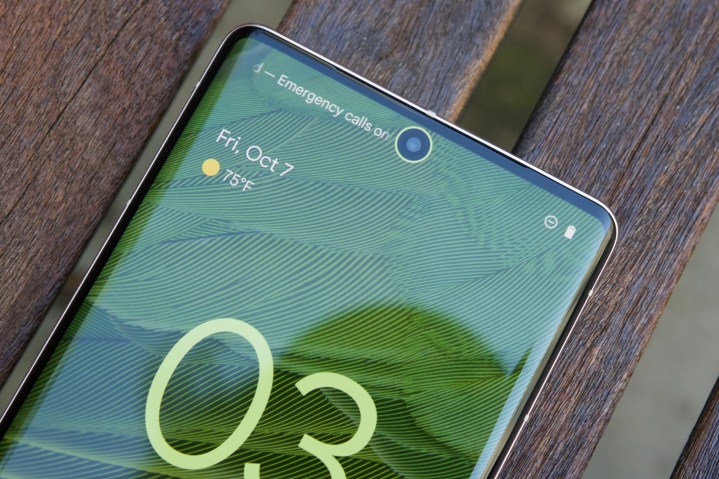
Face unlock was long rumored to be available on the Pixel 6 Pro, but that was a dream which never came to fruition. The Pixel 7 Pro finally brings face unlock back to Pixel phones, and while it’s good, it’s not how you remember it from the Pixel 4.
Face unlock on the Pixel 7 Pro works just like face unlock on a OnePlus or Samsung phone. It allows you to easily bypass the lock screen… but that’s it. If you want to access a locked app, approve a Google Pay purchase, or anything else, you’ll need to use the Pixel 7 Pro’s in-screen fingerprint sensor.

The good news? Face unlock has worked really well for me. I press the power button to wake the screen, swipe up, and face unlock allows me to go right to my home screen. It’s fast and gets the job done.
The bad news? The fingerprint sensor doesn’t appear to have improved much at all. Sometimes, it registers my fingerprint just fine and works on the first try. But if it does work, it often takes a beat longer than I’d like it to. And when it doesn’t work, I often have to try a second or a third time before it properly scans my finger. It’s not a deal-breaker, but it’s also not particularly great.
Pixel 7 Pro cameras
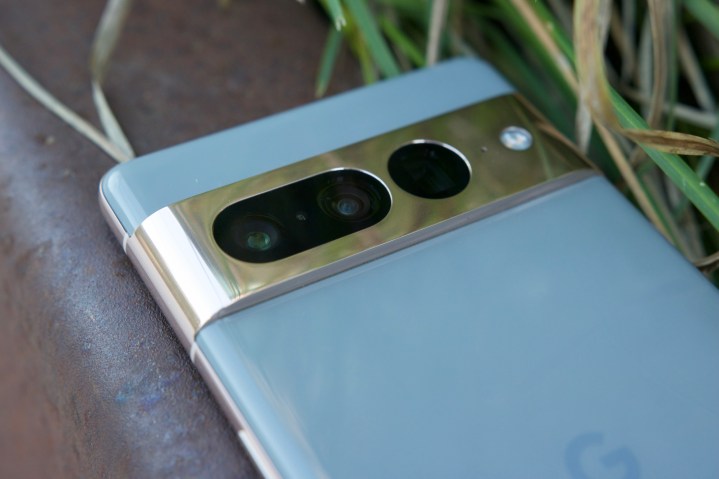
It wouldn’t be a Google Pixel review without a discussion about the cameras, so let’s get right to it.
The Google Pixel 7 Pro is equipped with a 50MP main camera with an f/1.85 aperture and laser detect autofocus. The main camera is joined by a 12MP ultrawide camera with nearly a 126-degree field-of-view, plus a 48MP telephoto camera with 5x optical zoom and up to 30x with Google’s Super Res Zoom. You also get a 10.8 MP selfie camera on the front.
- 6. Google Pixel 7 Pro
- 8. Google Pixel 7 Pro
- 9. Google Pixel 7 Pro
- 12. Google Pixel 7 Pro
Photos from the Pixel 7 Pro look incredible — just like they did on the Pixel 6 Pro. The Pixel 7 Pro produces beautiful colors in all sorts of lighting conditions, captures incredible detail, and makes getting stunning pictures so incredibly effortless. Just open the camera app, tap the shutter button, and Google’s top-tier image processing gives you a gorgeous image.
Photos from the Pixel 7 Pro look incredible.
If I had to find a bone to pick with the Pixel 7 Pro’s camera, it’s that images can sometimes look a little too saturated and Google’s HDR tends to be heavy-handed at times — preferring to take out shadows and really brighten a scene as much as possible. But these aren’t outright bad qualities at all. If you want a phone camera that can effortlessly produce fantastic, eye-catching pictures with ease, the Pixel 7 Pro does so without breaking a sweat.
But it’s not just the main camera that makes the Pixel 7 Pro such a powerful photography beast. Google upped its telephoto game in a big way this year, and it shows. The Pixel 7 Pro’s camera app now has two shortcuts for quickly jumping to 2x and 5x zoom — the former cropping in on the main sensor, with the latter shifting to the dedicated telephoto camera. You can also keep zooming up to 30x if you want — getting you very, very close to your subject.
How do those zoomed shots look? Surprisingly, really nice! I’ve been particularly impressed with the 5x zoom. It’s a much tighter shot than a non-zoomed photo, and you get that much closer to your subject while retaining an excellent amount of detail. Even shots at 15x look great, giving you a clean and crisp image that’s more than worthy of sharing on social media. Things start to look like a watercolor painting at 30x, but regardless, it’s nice having the sheer flexibility to do so — something the iPhone 14 Pro just doesn’t offer.
The ultrawide camera is also very good! It captures very similar colors to the main camera, and the extra field-of-view adds a lot of extra context for your shots. No complaints here at all.
But the ultrawide camera is really impressive with its new Macro Focus shooting mode. Similar to the iPhone 14 Pro, getting close enough to a subject automatically switches to the ultrawide camera for a macro image — and the results are great. From looking at individual grains of sand to getting up close with a flower, the Pixel 7 Pro does an incredible job here. So long as you can look past the distortion around the edges of these shots, they’re a ton of fun to capture.
The selfie camera is the only area where the Pixel 7 Pro has disappointed me. It looks fine, but nothing about it is particularly noteworthy. The fixed focus means you often end up with soft details in spots, and there’s no opportunity for any natural bokeh. Coming from the iPhone 14 and its excellent selfie camera, the Pixel 7 Pro could have done a lot more here.
Pixel 7 Pro software and features

Android 13 is available on the Pixel 7 Pro out of the box and is backed by three years of major OS updates (plus five years of security updates). Given how similar Android 13 is to Android 12, the Android experience on the Pixel 7 Pro is virtually identical to what the Pixel 6 Pro looked like at launch.
Google’s Material You theme engine allows for excellent customization, Quick Settings buttons are bold and colorful, and the built-in Privacy Dashboard makes it easy to quickly see how different apps are using your phone’s various sensors. There are subtle tweaks to the things like the now playing widget and Google Search interface, but if you’ve used a Pixel in the last year or so, you’ll be right at home with the Pixel 7 Pro.
While Pixels are great for their “stock” Android interface, the real magic of a Pixel lies in the various AI features enabled by Google’s Tensor chip. All of these features that were present on the Pixel 6 Pro return to the Pixel 7 Pro. Want to remove unwanted people or objects from your photos? Magic Eraser lets you do so with just a couple of taps. Waiting on a phone call for a customer service agent to talk to you? Have the Google Assistant hold your spot in line for you. It’s these little, quality-of-life features that make the Google Pixel experience so magical — and arguably the best thing the Pixel series has going for it in 2022.

In addition to all of last year’s Pixel goodies, the Pixel 7 Pro introduces a few new tricks too. One of the hallmark additions is Photo Unblur. If you open Google Photos, find any picture, and begin editing it, you’ll see a new “Unblur” button that retroactively removes blur and noise from your photos. Google’s examples of the feature make it look quite impressive, but in practice, it’s been fairly disappointing.
For all of the pictures I’ve tried editing with Photo Unblur (older family photos, like how Google marketed the feature), the results are either barely noticeable or horribly artificial-looking — adding an unpleasant amount of sharpening, and even distorting faces in some images. That’s not to say Photo Unblur can’t be helpful for photos, but at least in my experience, it’s left a lot to be desired. Google has also teased Clear Calling as a way to improve hard-to-hear phone calls, plus the Recorder app will be able to record a conversation with multiple people and separate each speaker. However, these features aren’t coming until later this year.
Pixel 7 Pro bugs
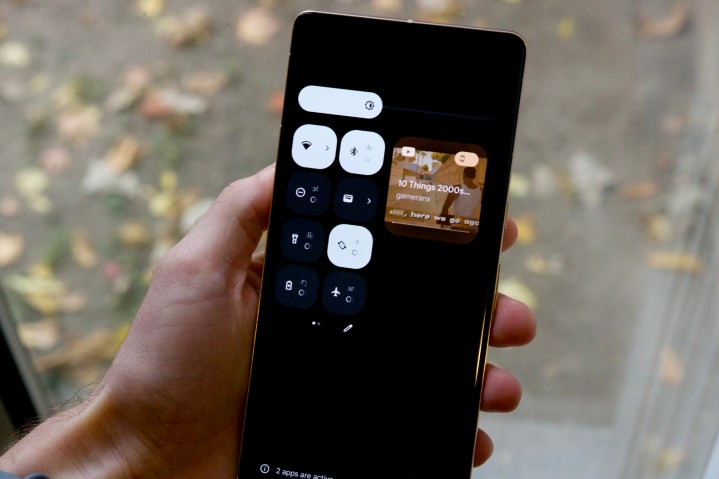
Yes — a dedicated section just to talk bout bugs. I didn’t anticipate doing this when I started testing the Pixel 7 Pro, but after using the phone, it really left me no choice.
Simply put, the Google Pixel 7 Pro is one of the buggiest and glitchiest smartphones I’ve used in a while. Bugs constantly repeat themselves, new ones regularly pop up, and they’ve legitimately impacted how I can use the 7 Pro as my daily smartphone. Here’s a quick rundown of what I’ve had to deal with:
- While playing a game, swiping up to go home zooms in on the game and requires multiple swipes to actually go home.
- Opening a game sometimes shows nothing but a black screen.
- Going back to the home screen from a full-screen app or game regularly messes up the formatting for the Quick Settings panel (this has happened 10+ times and requires restarting the 7 Pro to fix).
- YouTube videos occasionally play the video with no audio, or audio with a black screen.
- A bizarre shadow appeared over my home screen and app drawer after leaving Twitter, and wouldn’t go away until I restarted the phone.
My daily routine with the Pixel 7 Pro has seen me restarting it at least two to three times per day just to clear out these bugs. I’ve spoken with colleagues who haven’t experienced these problems on their review units, but buggy software isn’t anything new for Google. The Pixel 6 and 6 Pro ran perfectly fine for some people, while others saw their phones plagued with relentless software issues.
The Google Pixel 7 Pro is one of the buggiest and glitchiest smartphones I’ve used in a while.
Could these problems be fixed in the future with software updates? Probably! But last year proved that Google has a problem with buggy software, and a year later, it seems like that hasn’t changed with the Pixel 7 Pro.
Pixel 7 Pro performance

Under the hood of the Pixel 7 Pro is Tensor G2 — the second generation of Google’s in-house chipset. Google claims that Tensor G2 is 60% faster than the first Tensor chip inside the Pixel 6 Pro, in addition to being 20% more power efficient.
In day-to-day use, I’m not sure I really notice any significant speed difference with the Pixel 7 Pro compared to the Pixel 6 Pro. But that’s not a bad thing. The Pixel 6 Pro always felt fast and responsive to me, and the Pixel 7 Pro is no different in that regard. Tap on an app, and it opens instantly for you to use. Scroll through a website or Instagram, and it movies with near-perfect fluidity. Even games like Call of Duty: Mobile — with graphics set to very high and frame rate set to max — run beautifully.
But whether you’re juggling a few different apps or playing your favorite mobile game, it doesn’t take long for all of that power inside Tensor G2 to heat up. Like other Tensor-powered phones before it, the Pixel 7 Pro runs hot. Play a game like CoD: Mobile for just 20 minutes, and the Pixel 7 Pro becomes noticeably warm to the touch. Play for 30 minutes, and it’s almost alarmingly warm. The Pixel 7 Pro is cool as a cucumber when it’s sitting idle or running a single app. Ask more of the phone, though, and don’t be surprised when it turns into a hand warmer.
Pixel 7 Pro battery life
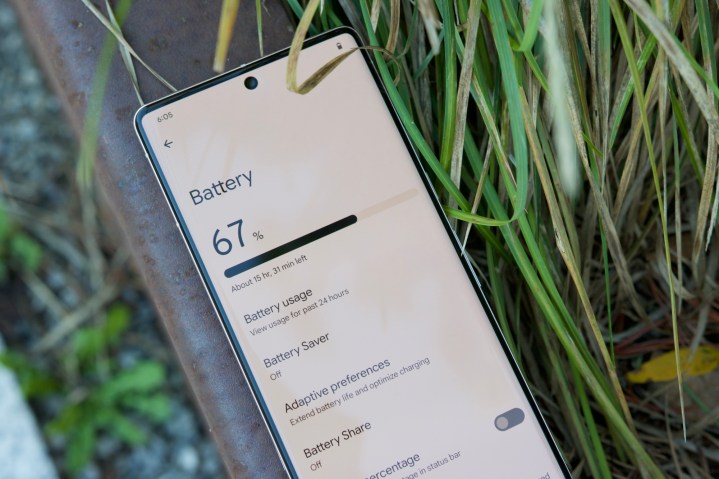
Battery life was one of the bigger pain points on the Pixel 6 and 6 Pro. The phones just didn’t last very long, creating battery anxiety even with moderate use. Does the Pixel 7 Pro make things better?
Based on my time with the phone so far, not exactly. My first full day with the Pixel 7 Pro began at 9:00 am and ended at 11:11 pm. Following just 3 hours and 38 minutes of screen time — including 45 minutes of Call of Duty: Mobile, 30 minutes of streaming YouTube, and regular use of Twitter, Duolingo, Telegram, etc. — I was down to 11%.
A couple of days later, I had a similar day beginning at 9:00 am and ending at 11:00 pm. After streaming Twitch for over an hour, watching YouTube for 50 minutes, and about 20 minutes of gaming, I clocked in 3 hours and 33 minutes of screen time with 37% battery still left. It should be noted that this day was spent almost entirely on Wi-Fi, while the previous day saw the Pixel 7 Pro on a 5G connection for a large portion of the day.
I’ve noticed that the Pixel 7 Pro’s battery drain on standby is actually quite good. But the minute you start using multiple apps, playing games, or anything else that calls upon Tensor G2 to actually work, endurance quickly dwindles. Is this horrible battery life? No. But it’s not particularly good, either. The Pixel 7 Pro is very much proving to be a one-day smartphone at best, and for a device with a 6.7-inch screen and 5,000mAh battery, that’s really disappointing.
A second opinion on the Pixel 7 Pro
There’s a risk involved in buying the Pixel 7 Pro. Digital Trends’ Senior Mobile Writer Andy Boxall has also been testing the Pixel 7 Pro, and he’s had a very different experience with it. His phone has been reliable, fast, and provided great battery life — in some cases extending to two days with fairly hard use. He has enjoyed using the phone so much, he was reluctant to remove the SIM to review a different device, and wrote about why.

Similarly, Andy had a great time with the standard Pixel 7 when he reviewed it, noting that despite a few bugs and occasionally problematic gaming performance, the phone had even better battery life, a great camera, and a very tempting price. It was enough to ensure a Recommended Product award and a 7/10 score. It’s not a perfect phone, but it’s far better in terms of reliability than the Pixel 7 Pro reviewed here.
Digital Trends Mobile Staff Writer Christine Romero-Chan has also been using, and loving, a standard Pixel 7. She called it Google’s iPhone in her story on why it’s her favorite Android phone she’s used so far. Her opinion would have likely been very different if the Pixel 7 had behaved like our review Pixel 7 Pro.
We’re not alone in having Pixel 7 phones that are either great or unreliable. Search online, and there are many similar stories with polar-opposite experiences. This makes it a risky purchase, because when it works well. the Pixel 7 Pro is a real winner, but it unfortunately seems you aren’t absolutely guaranteed to get a winning phone.
Google Pixel 7 Pro price and availability
The Google Pixel 7 Pro is available to buy right now. It starts at $899 for the base model with 128GB of storage. Additionally, you can get the 256GB or 512GB model for $999 or $1,099, respectively.
In the U.S., the Pixel 7 Pro is available from the Google Store, Amazon, Best Buy, AT&T, T-Mobile, and Verizon.
The Pixel 7 Pro keeps what works, and what didn’t

The Pixel 7 Pro has proven to be a very frustrating smartphone. There’s so much I really love about it. The design is better than ever, the display looks fantastic, the cameras are outstanding, and Google’s smart software features make the Pixel truly stand out from everything else on the market.
But to get those things, you need to be OK with mediocre battery life, a phone that warms up very easily, a bad fingerprint sensor, and potentially an onslaught of bugs. It becomes a difficult recommendation for a phone that starts at $899. And that’s even more true when you consider the Pixel 7 Pro’s competitors. If you want the latest and greatest Pixel experience, the $599 Pixel 7 is arguably a much better purchase — so long as you can live without the telephoto camera and 120Hz screen. You can save even more cash and get a similarly great handset with the Pixel 6a. And if it’s a big smartphone with a robust camera system you’re after, I’m inclined to first recommend the Galaxy S22 Ultra or iPhone 14 Pro Max.
I don’t think the Pixel 7 Pro is a failure or an outright terrible smartphone. It keeps all of the things that made the Pixel 6 Pro so excellent, and they shine just as bright here. But Google had clear problems that needed to be addressed — from poor thermals, disappointing battery life, and unreliable software. As far as I can tell, none of those things were addressed the way they needed to be. There is a foundation for a great smartphone with the Pixel 7 Pro, but until Google can get all of the rubble off of it, it’s not one I’m going to rush out and recommend.












